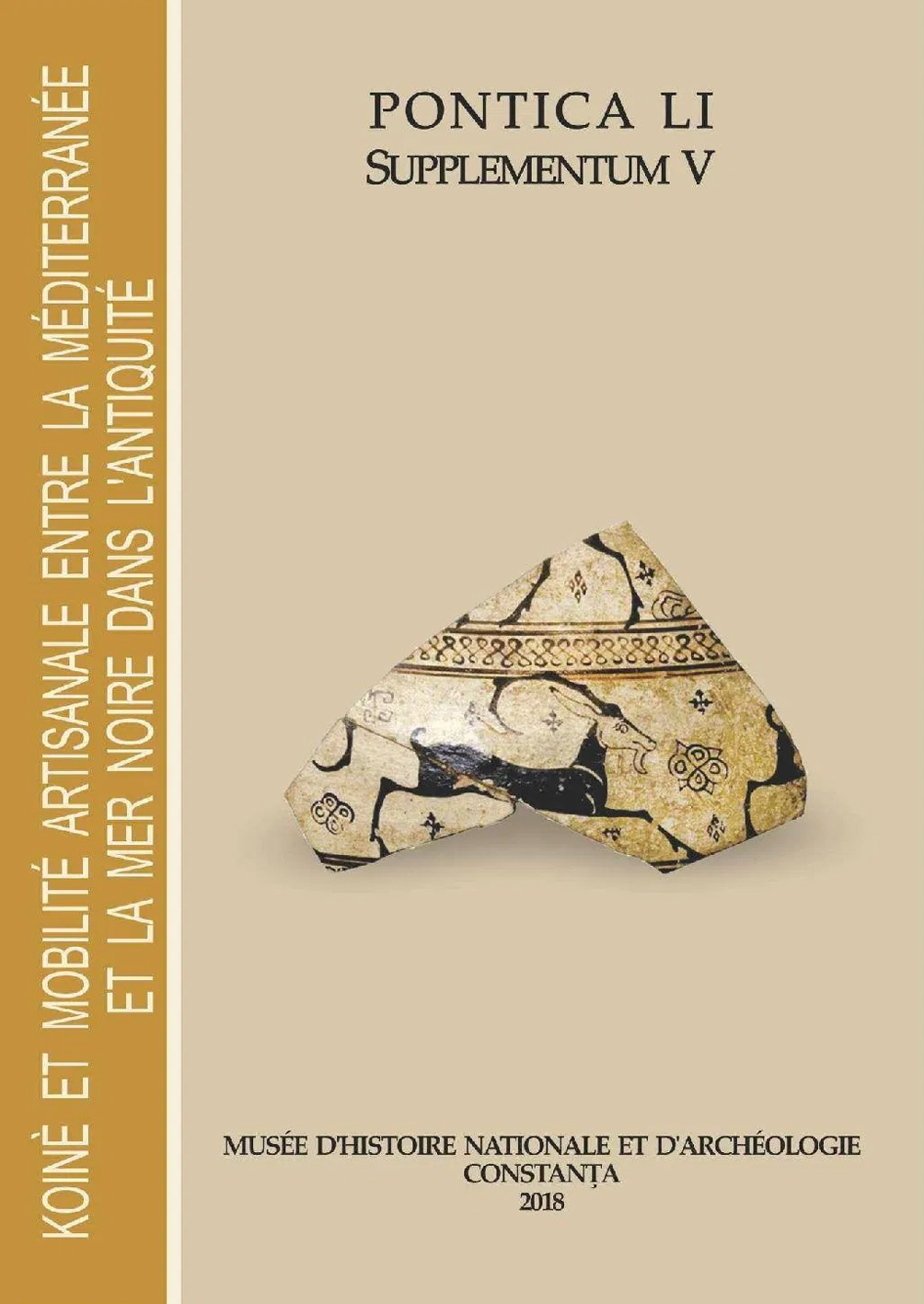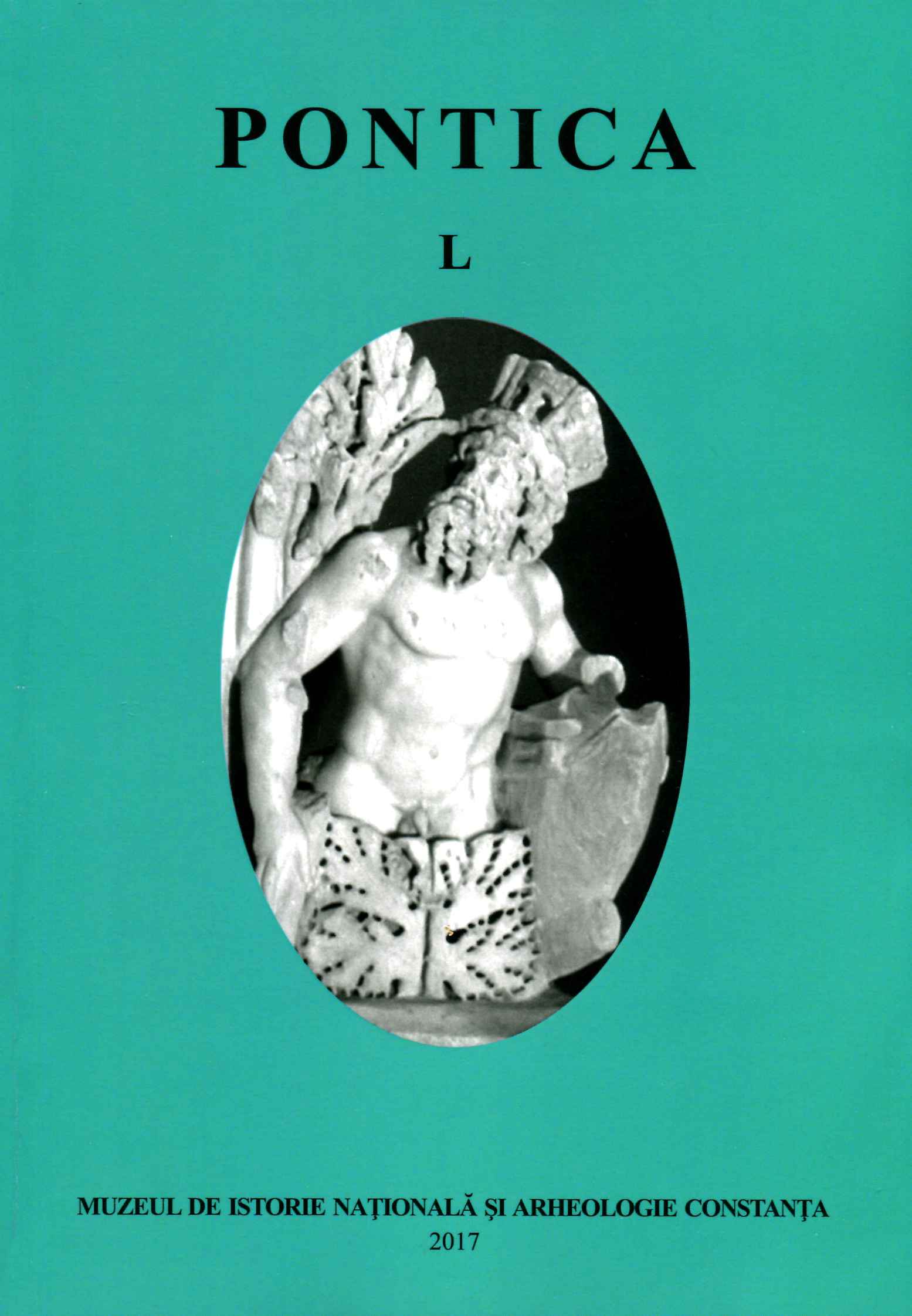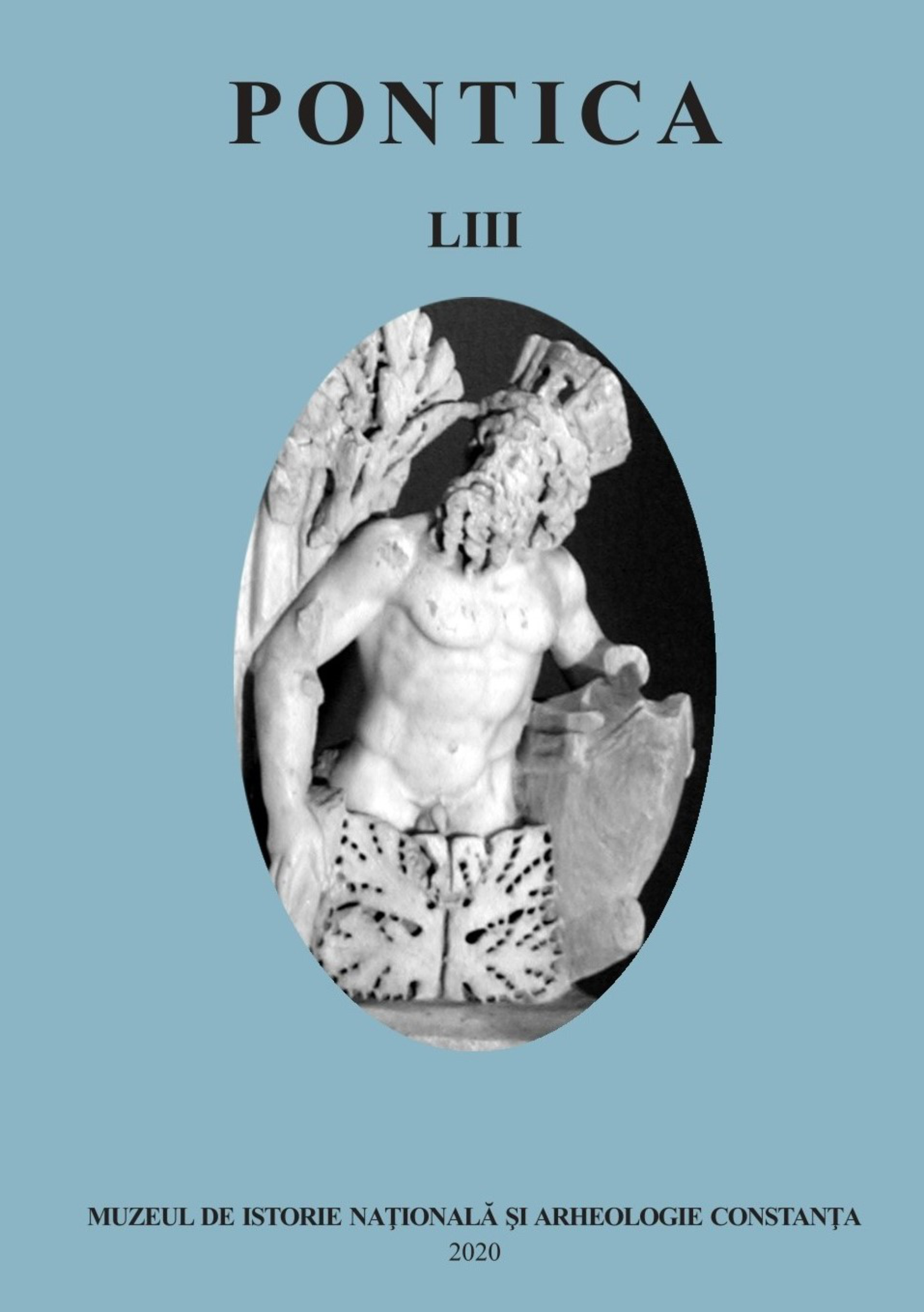
Notre ami Pierre Dupont
Pierre Dupont, auquel nous avons le plaisir de dédier ce volume à l’occasion de son 70e anniversaire, est depuis 1974 une présence incontournable dans l’espace de l’archéologie classique en Roumanie. Bien que sa curiosité incessante et ses multiples exploits scientifiques l’aient amené à fréquenter assidument le pourtour de la mer Noire (Bulgarie, Ukraine et Russie, Géorgie, Turquie), c’est sans aucun doute avant tout la Roumanie, avec sa Dobroudja qu’il connaît par coeur, qui a marqué le destin de ce céramologue hors-pair.
More...

